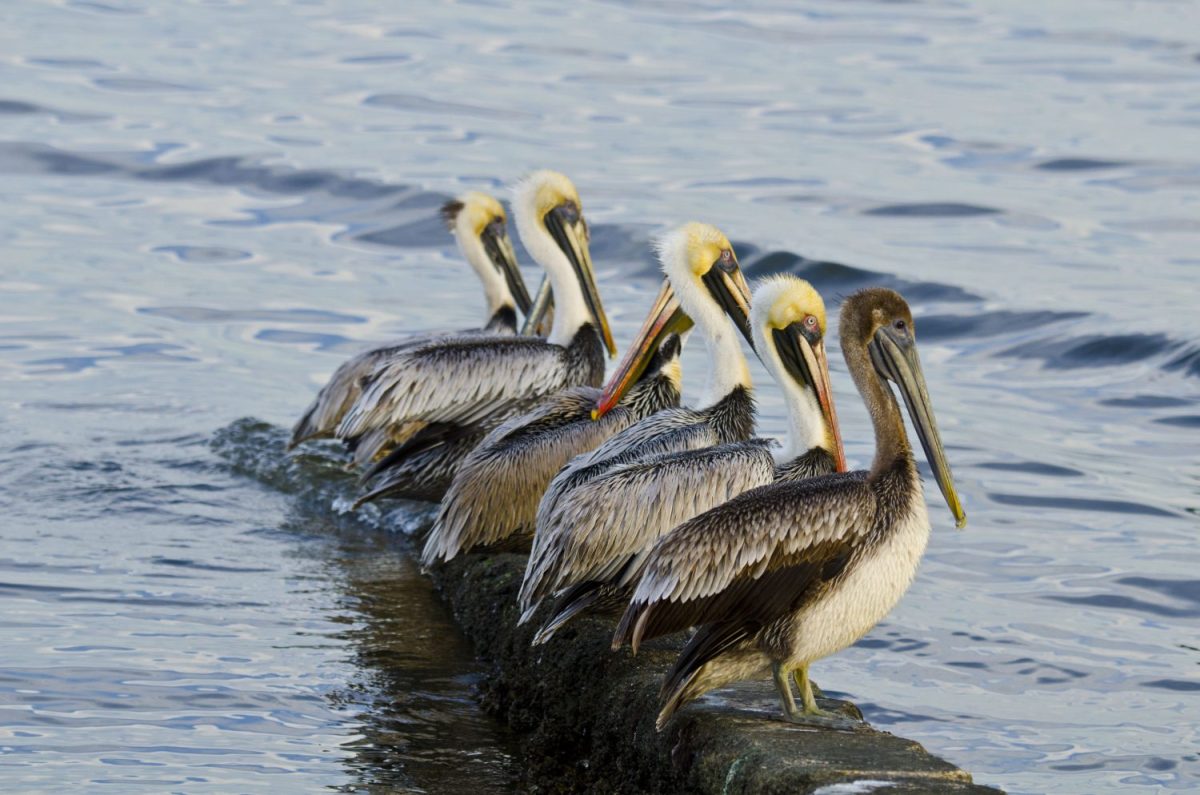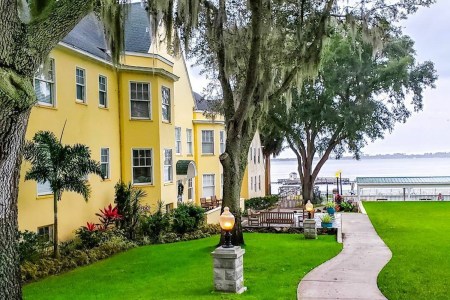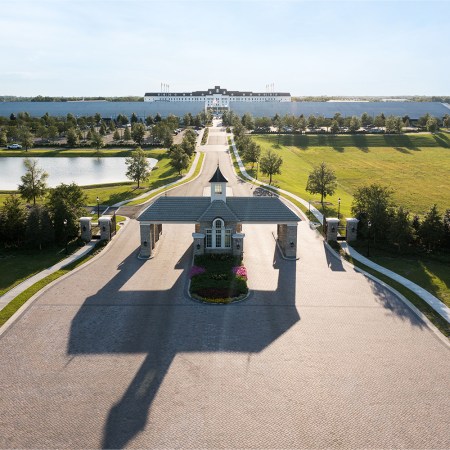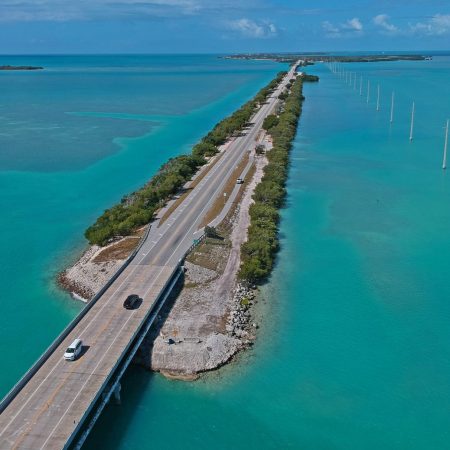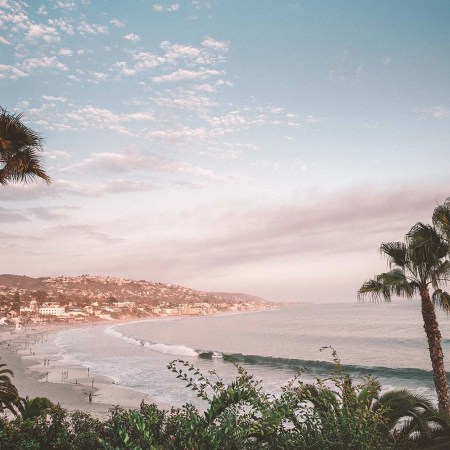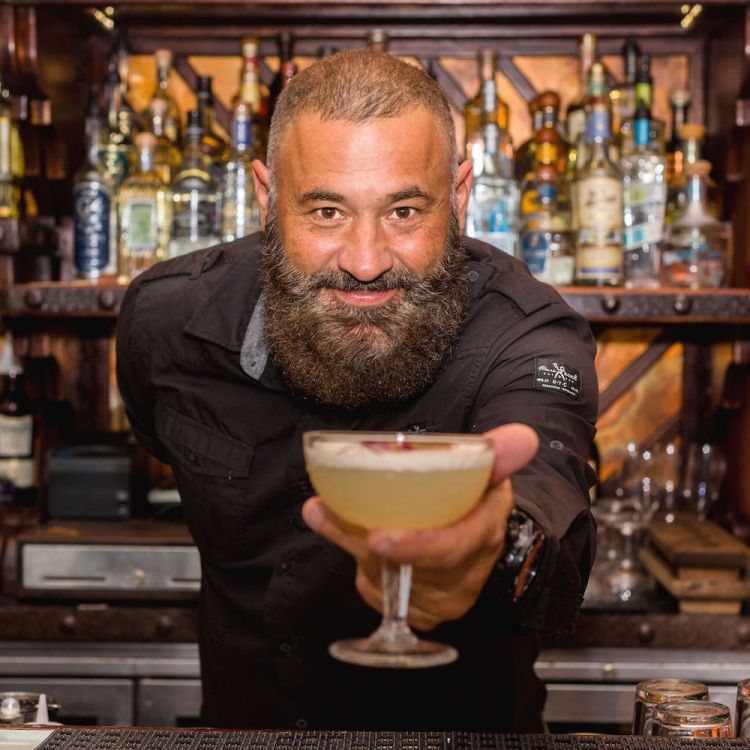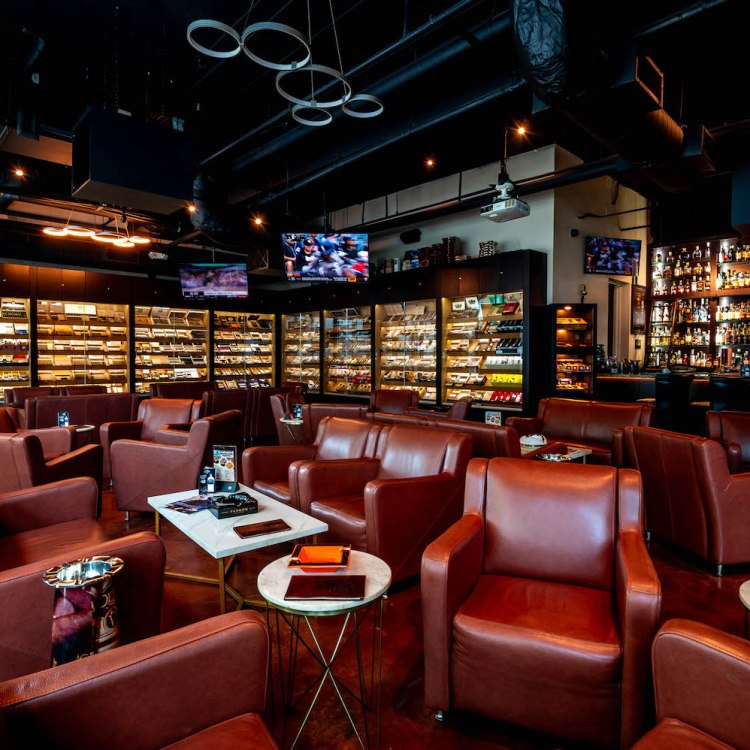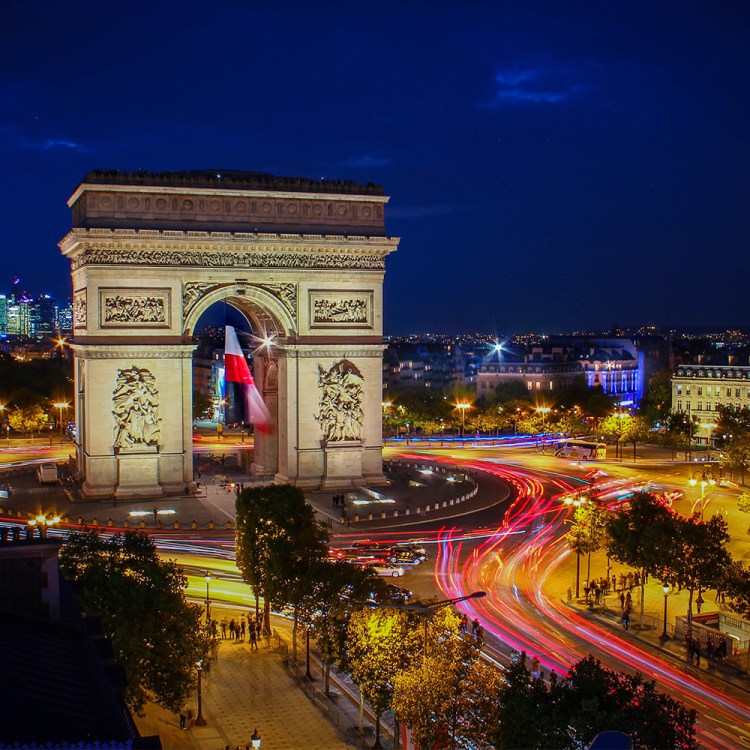Cedar Key isn’t where you’ll find most of the Florida Keys, for this well-known little island is perched up on the northwest coast of the state, north of Tampa and west of Gainesville, on the Gulf of Mexico. This key has been a fishing enclave for generations, and back in the 1800s it was an important port, railroad connector to the east coast of Florida, a mill town and a Confederate military depot during the Civil War — until the Union Army took it and held it until the end of the conflict.
Today, you’d never know that there was once a bustling railhead and shipping port here, for Cedar Key has been a sleepy little place for decades, a perfect spot to step away from the noise of everyday life, grab a fishing pole or birding binoculars and just chill out.
A Naturalist’s Dream
Cedar Key sits in the heart of miles of protected lands, both on the island and nearby, making it the place where birds and butterflies make the Cedar Keys National Wildlife Refuge home. With 255 identified species of birds and 90 different types of butterflies living amid 130 tree species — plus countless flowers and other plants on the 13 islands of the refuge — the possibilities for nature sightings are truly endless. These islands were once used as the fish camps of the First Peoples living on the Florida peninsula, and today not much has changed. Access to the islands is only by kayak, tour boat or private vessel. Four of the islands are bird breeding and nesting grounds, so have restricted access.
But don’t worry, you’ll still see snowy egrets, great blue herons, osprey and even bald eagles here; and keep your eyes peeled for cottonmouth snakes, for they live here too, and their bite is poisonous. Be aware that the interior of all the islands in the refuge are off limits to protect the fragile environment, but the beaches on all the islands can be used for picnics, bird watching and fishing. You’ll also see the famous lighthouse built in 1850 out on Seahorse Key, which can be visited on select, limited dates during the year (plan ahead for that).
For an easier encounter with nature, look for the Cedar Key Railroad Trestle Nature Trail at Grove Street. This under-a-mile hiking trail follows the abandoned rail line, which nature has long since taken over. Now it’s a bird and butterfly habitat refuge lined with the cedars that gave the key its name (and were almost wiped out by loggers) and pine trees — inhale deeply and you’ll know you’re far from the big city for certain.
7 Historic Florida Hotels Everyone Should Stay at Once
From the oldest continuously operating inn to Henry Flagler’s opulent palacesSeafood for Every Meal
Architecture buffs will love the buildings in Cedar Key that are on the National Register of Historic Places, like the Citizens Bank built in the 1920s and the Island Hotel, established in 1859. Everyone who loves fresh seafood will be in heaven at every meal. In fact, the Island Hotel is a historical place to sleep — and eat, too, with their Island Restaurant serving up the locally grown fresh clams that have put Cedar Key on the culinary map for years, and their Neptune Lounge & Bar (designed in 1948, complete with a Neptune-god mural) offering up clam bisque and classic cocktails.
The most famous Cedar Key restaurant is Tony’s Restaurant on 2nd Street, located in the historic Hale Building, built in 1880. That’s the place where Tony and Chef Eric concocted their New England clam chowder in the Deep South, and then proceeded to win the Great Chowder Cook-off held up north in 2009, 2010 and 2011. Find lobster bisque there, too, along with the catch of the day pulled right out of the local waters, steamed clams (naturally) and more seafood choices.
Steamers Clam Bar & Grill is perched right on the Gulf, with great views and serious seafood. Dive into a platter of raw oysters, get down into a bowl of 50 locally grown clams (count ‘em!) steamed in white wine and garlic or do a classic Low Country pot of steamed clams, mussels, crab, corn and potatoes for a satisfying treat.
Arts to Soothe the Soul
Round out your Cedar Key getaway with a visit to the local artists’ centers, for this is a place that inspires people to create beautiful things. The Cedar Keyhole Artist Co-op brings together 25 local artists who work in many different disciplines; find that on Second Street. Just above it is the Cedar Key Arts Center, with even more to see, including a gallery and nearby sculpture garden. And be sure to meander into the Cedar Key Museum, where avid collector St. Clair Whitman’s collections of seashells, animal skeletons, Native American artifacts and his family’s 1880 home are all on display. It’s a fascinating ending to a visit that takes you back to another time in Florida’s history, one you may not have imagined still existed.
This article was featured in the InsideHook newsletter. Sign up now.
